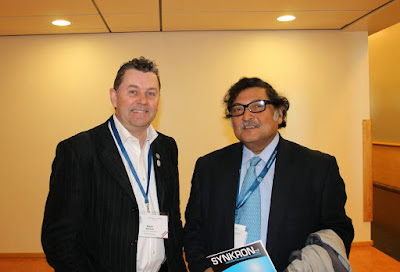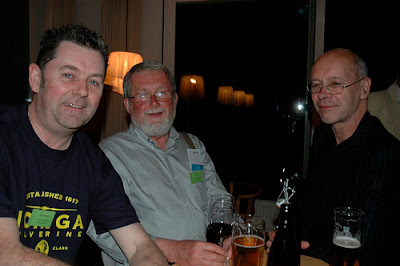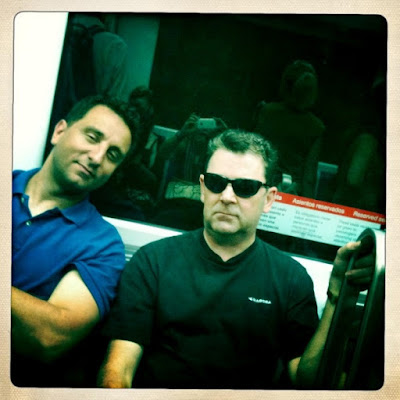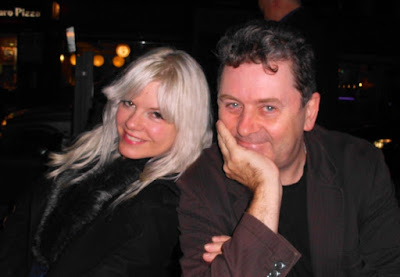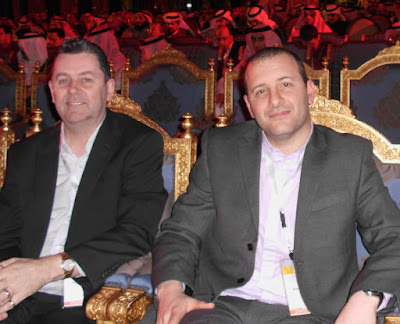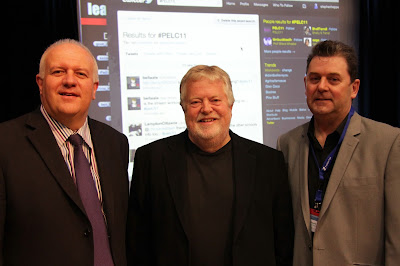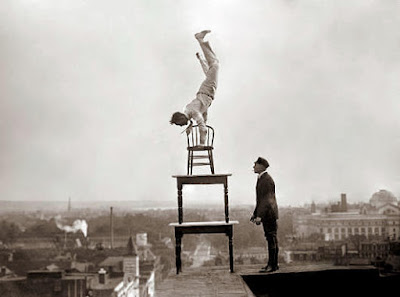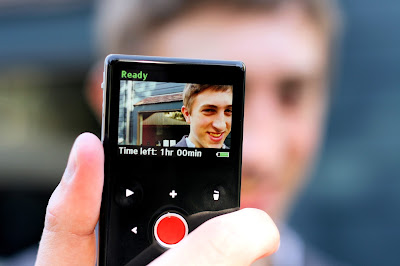This is me with Sugata Mitra in Oslo, in 2013, just after I had interviewed him for the EDEN Conference television channel. I first heard him speak at Online Educa in Berlin, Germany about 10 years ago. There, he presented his seminal (and many would say controversial) work on minimally invasive education. He set up computers with tracker balls in holes in walls in the slums of India and observed how the children taught themselves in small groups, in what became known as the 'Hole in the Wall' project. The results of this research led to his belief that children can learn independently of adults or experts if they have a) the tools, b) the support of peers, and c) the motivation.
At the time, when I first heard about this project, I was quite excited by the idea that education does not have to be content led, or expert led, but that learners can lead their own learning. This chimed with the work of a number of theorists I had studied during my teacher training, including Carl Rogers, Paulo Freire and John Dewey. But Sugata's approach added technology into the equation, and located self directed learning within a digital context, which interested me the most. Several questions entered my mind. Could the pedagogical role of the educator be redefined? How could school be transformed into a minimally invasive environment? What role might technology play in the future to support autodidacticism?
I have subsequently worked alongside Sugata in many contexts, and am fascinated by his concept of the 'School in the Cloud' where retired people who have some spare time can connect remotely through video tools to children in place where teachers cannot, or will not go. Sugata Mitra has been criticised and praised in equal measure and his ideas polarise the education community. He has received the brickbats as well as the bouquets. Some are quite vehement in their attacks on his reputation and work, and conversely, others are equally aggressive in their defence of his ideas. Many a heated exchange has been observed in recent years on social media and in the mainstream press about this controversial and catalytic academic. Just like many influential scientists in the past, he has upset the applecart, and now everyone has an opinion about his work, his premises, his conclusions. He certainly has us all talking.
I have to say on a personal note that whatever you think about Sugata Mitra or conclude about his research, I have found he is genuinely open and approachable, always has plenty of time for people, and he has inspired me to think differently about education, learning and technology.
Photo courtesy of the European Distance and E-learning Network

Selfie number 3 by Steve Wheeler was written in Plymouth, England and is licensed under a Creative Commons Attribution-NonCommercial-ShareAlike 3.0 Unported License.

